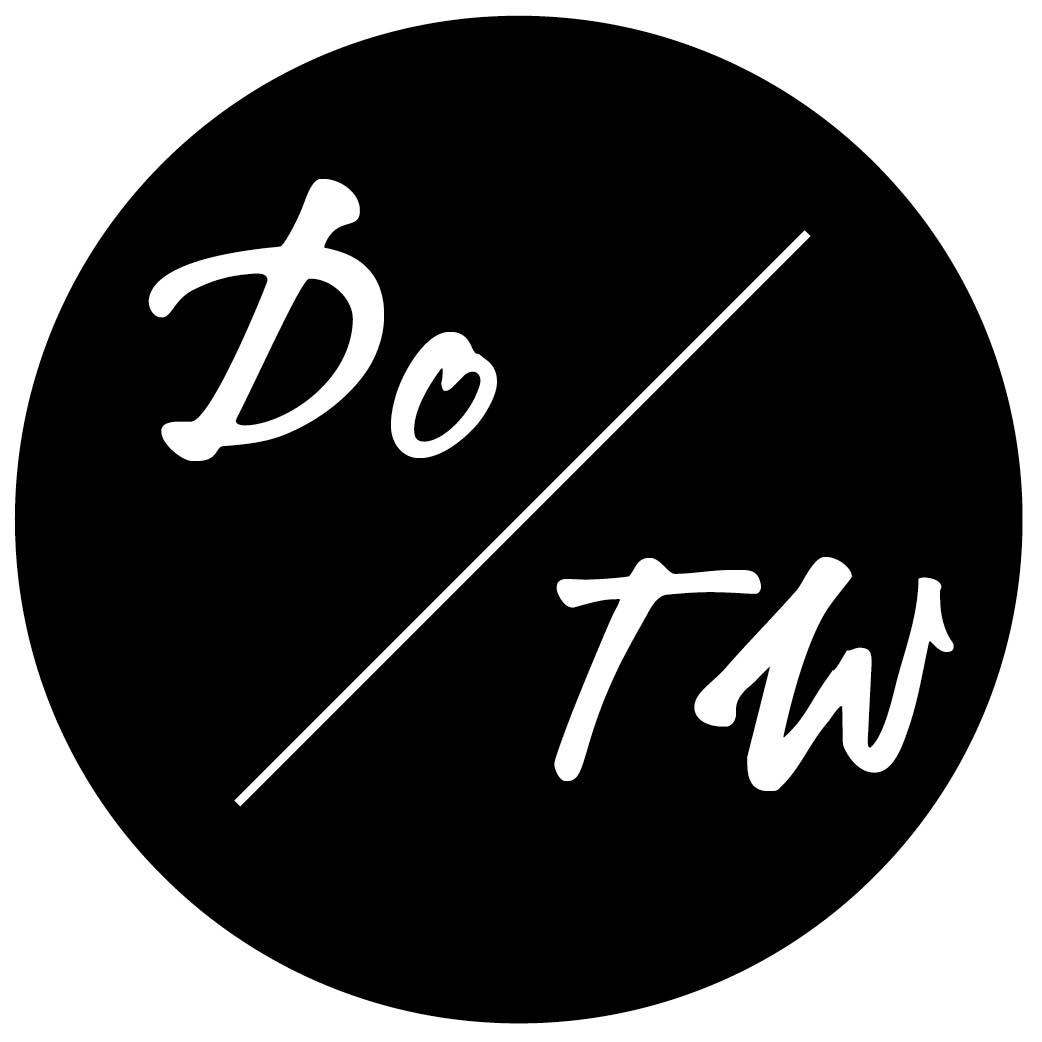This One Thing Can Dramatically Change How Much Money You Earn Writing About Each Trip

What is the first thing you do when you are done with a trip?
When you board the flight home or finish packing for your return journey or next destination?
Do you start working on your to-do list for the following week? Upcoming travel plans? Photo editing? Social media posts?
Here’s the thing, when you are on a trip, you can journal, take photo notes, or send yourself as many reminder emails about things you want to write about. But when you are in-country, in the middle of a trip, you may have all of the details, sources and photo ops in the world, but you are missing one key ingredient for successful travel writing: perspective.
The Don George School of Successful Feature Writing
At the end of my first full year of full-time, freelance travel writing, during which I was writing a lot of short pieces for the web and learning about how to write like a journalist as opposed to the copywriting and ghostwriting I’d done in my previous job, I had the good fortune to catch Don George and Julia Cosgrove, then executive editor of AFAR in conversation at Book Passage in San Francisco.
I write a lot about Don George, in part because he literally wrote the book on travel writing and runs the best conference out there for travel writers, but also because he is a very wise man, made so by a compulsion to learn and explore constantly, which has lead him to write countless travel features over the course of his career.
During the Q&A at the end of this event, someone asked him about how he structures his articles—his process from start to finish—and when he answered the question, it was one of those responses that either immediately clicks with you or just sounds banally obvious…until you reach the mindset to feel that click.
I can’t remember it verbatim, so I won’t quote him, but this was the gist of his method. He first thinks back over his trip and looks for the message, the parable, the life-changing revelation, the most poignant lesson. Then, he makes a list of—only—the experiences, conversations, and moments that led to that conclusion. He writes that and only that, and there you have a narrative travel article.
If he sat down at the beginning of his trip and tried to plan out the piece or the research to support it, he wouldn’t be able to, because he wouldn’t yet know what the real, moving, intangible message from that particular trip was, only an itinerary around which experiences can happen.
Now, I am not saying that we all have life-changing experiences worthy of a narrative feature article every time we take a trip—or that we always have just one. But that we can’t always see what are the things worth writing about either in advance or on the ground. (One of the reasons it can be very difficult to pitch an article in advance if you’re not an experienced travel researcher).
How You Can Use Perspective to Power Up Your Pitching
Often when I’m working with travel writers that I coach on article ideas, they tell me about a great place they’ve found—a shop, attraction, restaurant, hotel or excursion—and perhaps where they’re thinking of pitching it, and I basically say, “So, what?”
This is an incredibly important question you must always ask yourself when pitching—so, what?—because that’s what an editor will be asking when they read your pitch if you haven’t made that factor abundantly clear to them.
When you are in a destination doing researching, and feeling overwhelmed by the hospitality of your incredible hosts who have spent all day foraging for and cooking the incredible meal you’ve eaten for dinner, all the while regaling you with stories of how they fled their corporate life, bought and restored a former monastery, and started a culinary school in a largely unknown volcanic area in Spain, it’s easy to feel like you simply have to sell their story when you get home.
But a meal in a rural inn, unless you do it as a beautiful narrative, which takes a higher level of writing skill than many—even award-winning professional—writers I know possess, is an incredibly tough sell as a travel article. Once you remove yourself from the immense warmth and happiness of the experience and look at it with your pitching eyes though, you can see it as profile for an expat magazine, a remodel story for an interiors magazine, a recipe-based story for a cooking magazine, or a round-up of rural cooking schools in unusual destinations around the world for a travel magazine.
The key is to take the experiences you’ve had on your trip, and, rather than seeing them all as unique gems, plot them into the pegs and squares of a travel magazine.
This isn’t to say that the experiences aren’t all different, special, and worthy of writing about, but that travel writing and travel magazines follow formulas because that is what readers want, and in order to sell your stories to editors, you need to present them in pitches that allow editors to scan and quickly understand what your story will be and how they can use it.
The Checklist Approach to Maximizing Pitches
When I am on the flight or train after a trip (and sometimes on the way to the next one), and these experiences are still fresh in my mind, I sit down with my trip itinerary and walk through everything I’ve done, day by day, and list every single article I could possible write based on this material—even if I don’t necessarily find it super interesting.
To capture all possible story angles, I write each stop or experience and then every way I could spin it by both type of article and audience. The meal about is a prime example. In terms of types of articles, a meal can turn into:
- a profile of the chef
- a recipe-driven food story on a type of cuisine
- a history-driven food story
- a round-up of places to eat a certain food
- a review of a restaurant or cooking school
- a play-by-play of a cooking class with recipes at the end, and more
Then, I can turn each of those into a different piece based on the intended audience:
- honeymooners
- retirees
- group tours
- luxury travelers
- budget travelers
- multi-generational families
- parents traveling with teenagers
- solo travelers looking to meeting new people, and so on
This leads to story ideas like:
- Top Cooking Schools Around the World for an Intimate Food Honeymoon Experience
- A Day with Albert Adrià in His Country Kitchen in Catalunya
- Sample Spain’s Ground-Breaking Cuisine on a Budget at This Country Cooking School
